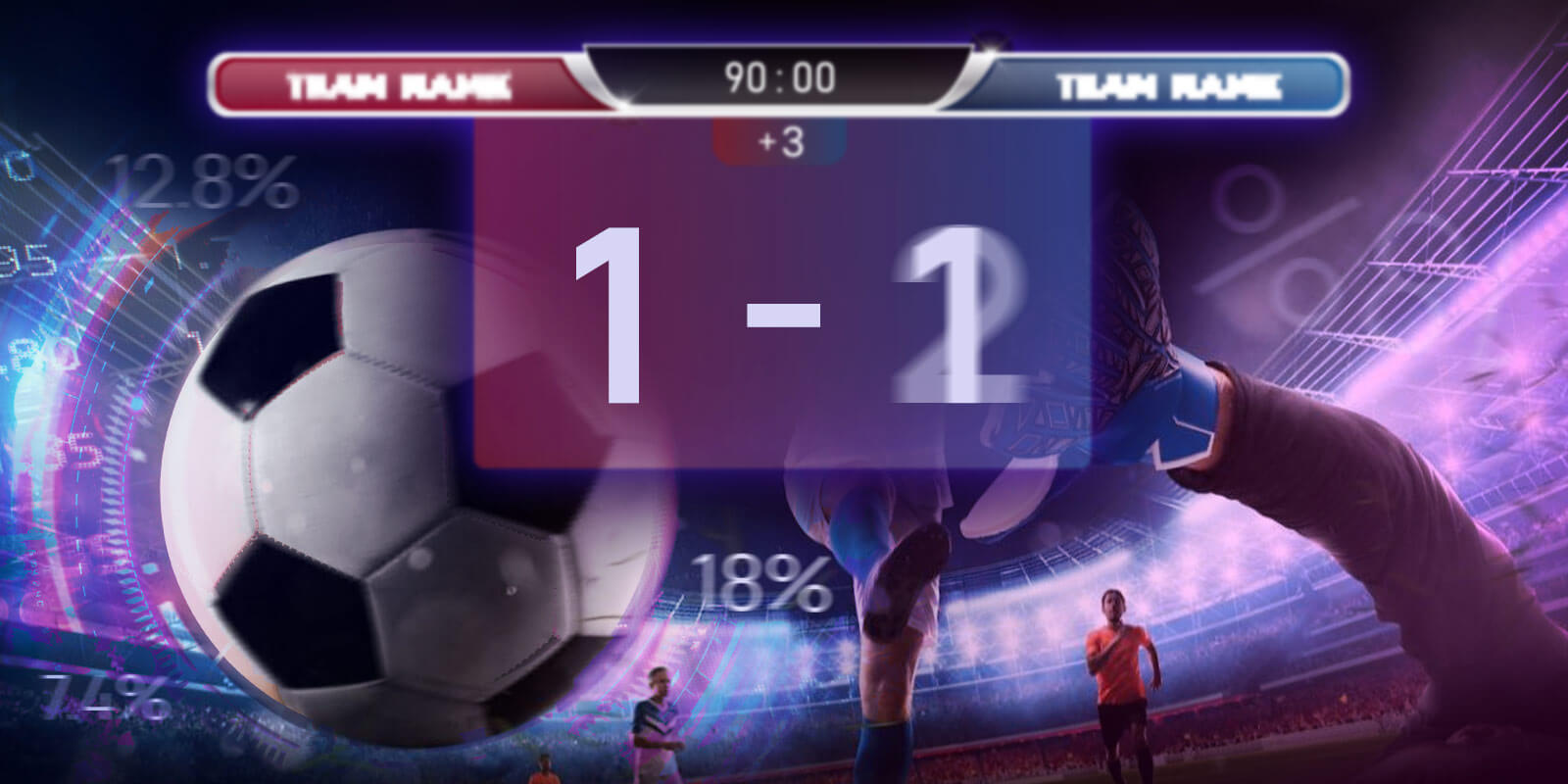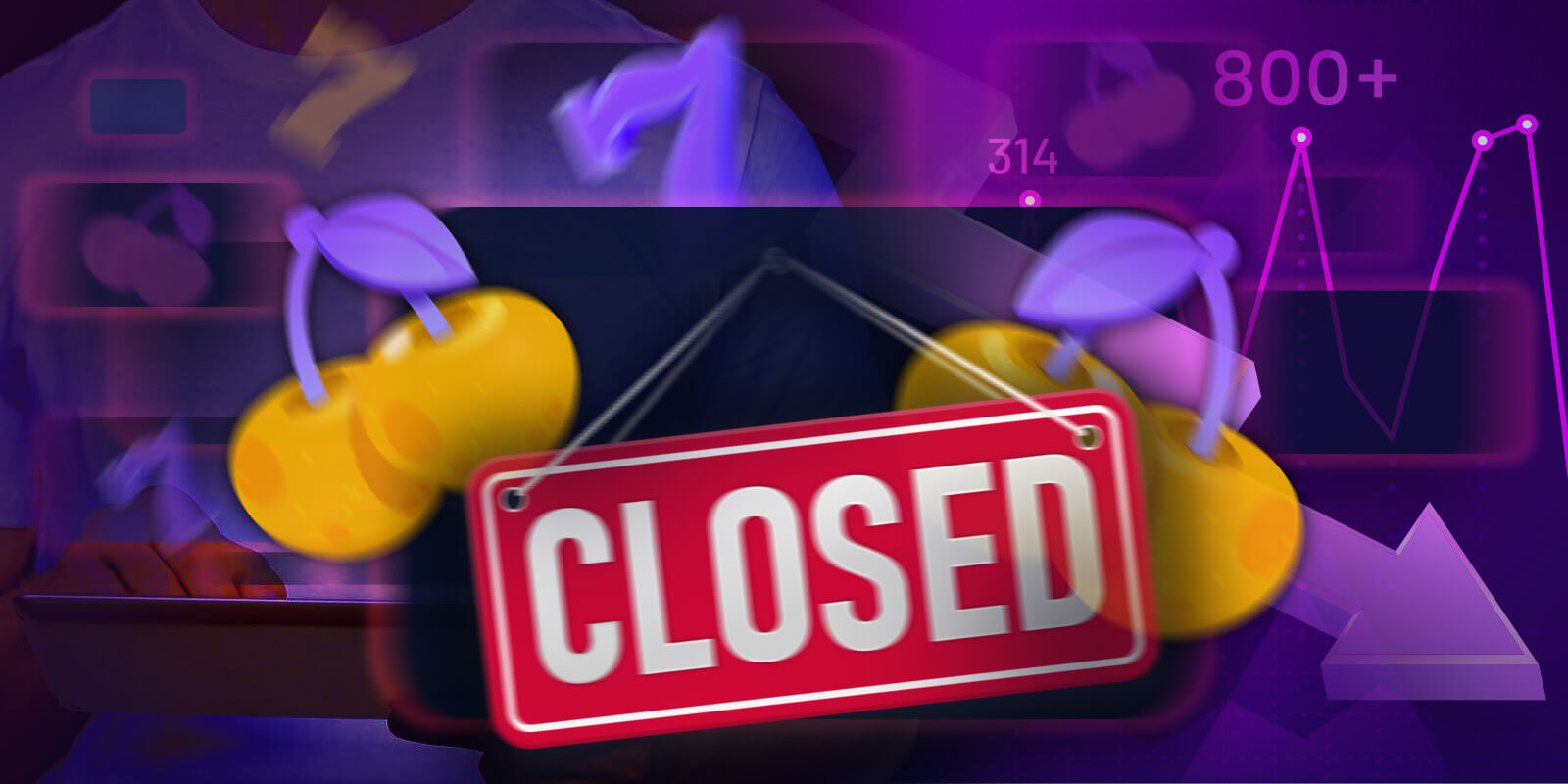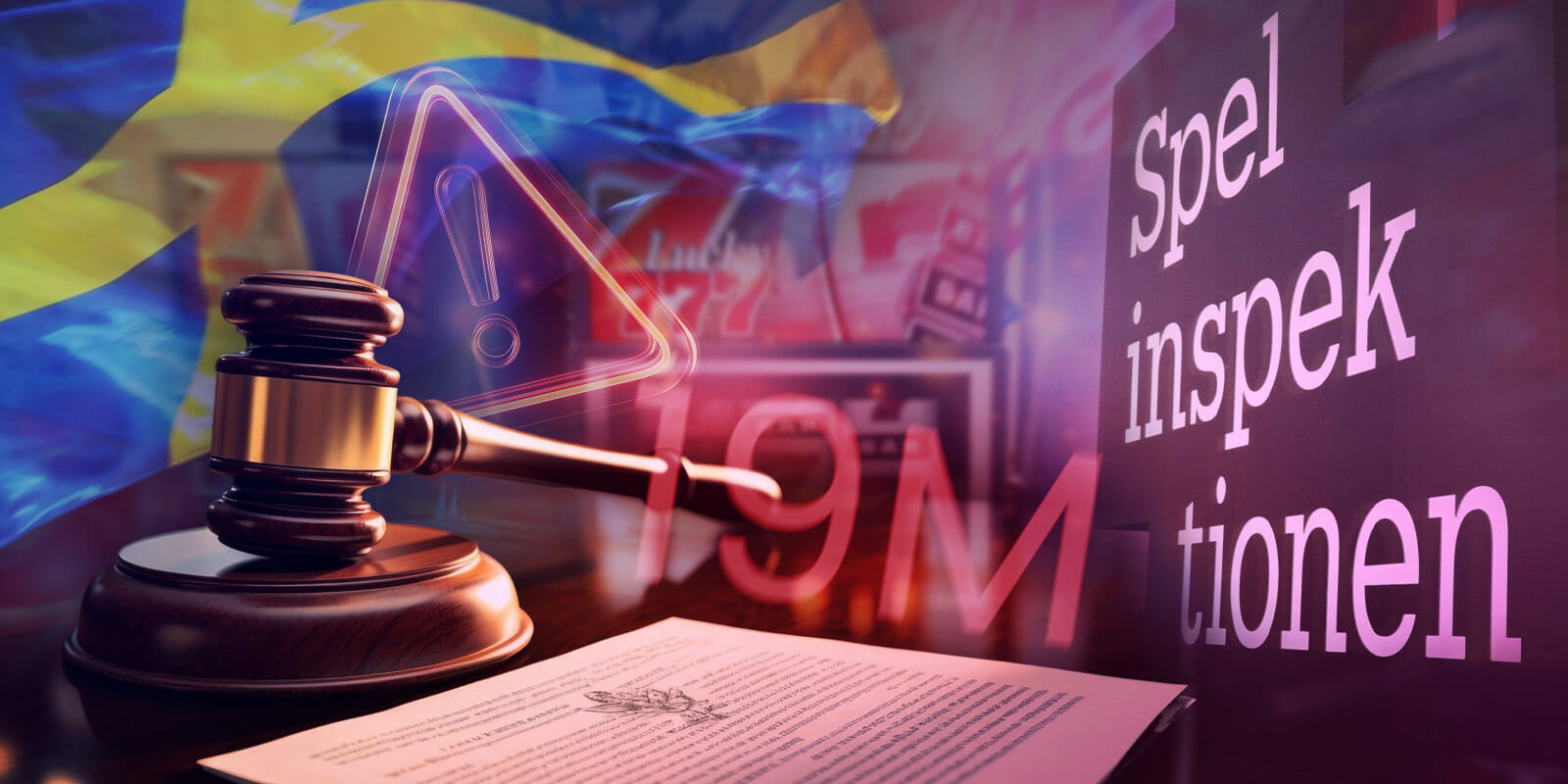What Are the Odds of Goals Being Scored in Injury Time?

Affiliate Disclosure : We earn a commission from partners links on BetterGambling. Commissions do not affect our editors' reviews, recommendations, or ratings.
Injury time, also called added time, is one of the most significant sections of a match that can drastically affect match outcomes. It may be in the first or second half of the match, but the latter tends to have more pressure. That’s when the losing team will try to get even or the winning team try to increase the difference. But what’s the likelihood of an actual goal being scored, and what affects these odds?
Raw Probability: How Often Are Injury Time Goals Scored?
The frequency of injury-time goals differs across various European leagues, but we’ve seen a constant increase in recent seasons. In the Premier League (2016/17 to 2020/21), there were 432 injury-time goals in 411 matches.
This shows that in 100 matches, ~21 games had at least one injury-time goal over five seasons. That’s roughly 1 injury-time goal every 2.2 matches.
The Premier League currently leads in frequency, with the rate of injury-time goals nearly doubling post-2022 due to longer added time.
Across the top European leagues – Premier League, La Liga, Serie A, Bundesliga, and Ligue 1 – from the 2018/19 to 2022/23 seasons, injury-time goals (90+ minutes) were scored in the following percentages:
| League | Percentage of Total Goals Scored in Injury Time (90+ mins) | Our Observation |
|---|---|---|
| English Premier League | 12.8% (2023/24) | Significant increase to 12.8% in 2023/24 due to new stoppage time rules |
| La Liga | 8.45% (2023/24) | Second highest percentage among top leagues after rule changes |
| Serie A | 8.20% (2023/24) | Third highest percentage among top leagues |
| Bundesliga | ~7.4% | Exact values vary by season |
| Ligue 1 | ~7.5% | Exact values vary by season |
Note that the amount of added time plays a crucial role in the probability of goal scoring. The more time there is, the bigger the chance.
Timing Distribution: Goal Frequency by Match Segment
We looked at exactly when these late goals were scored. Here’s the breakdown:
| Time Segment | % of Total Injury Time Goals |
|---|---|
| 90+1 to 90+3 | 64.3% |
| 90+4 to 90+7 | 28.7% |
| 90+8 and beyond | 7.0% |
Generally, most goals occur between the 76th and 90th minutes. But the last five minutes of each half (including injury time) account for a notably higher number of total goals, with 75% of all goals scored in the first and last five minutes of each half.
Probability Model: Estimating the Odds of a Late Goal
We used a simple model and historical scoring data to compute the chance of a goal being scored in injury time. See below.
P(Goal in 90+ minutes) = (IG / TM) x (TI/MT)
Where:
- P = Expected Goals
- IG = Injury Time Goals
- TM = Total matches
- TI = Typical injury time (e.g. 5 minutes)
- MT = Full match length (90 minutes)
Example (In the Premier League (2016/17 to 2020/21))
Total Injury Time Goals = 432
Total Matches = 411
Injury time per match ≈ 5 minutes
P = (432/411) x (5/90)
Expected goals in injury time = 1.05 x 0.055 = 0.057, which is a 5.78% chance of a goal.
But that’s the baseline. The most correct rate rises depending on match conditions.
Real Match Data: Case Studies of Injury-Time Deciders
The Spain vs Russia match in the 2018 World Cup was quite interesting. Spain had a 74% possession, but this didn’t secure them a win. They lost on penalties after a 1-1 draw. Spain’s xG before the match was 1.2, but in 90+ minutes, it had dropped to 0.12.
Changing the leagues, Real Madrid generated an injury-time winner, although the opponent (Man City) had more possession (55.5%). They scored two goals 2 goals after the 90th minute, and one was actually scored in the 90th minute by Rodrygo.
In this match, Real Madrid’s xG was 0.05 after Riyad Mahrez scored in minute 73. But after Benzema scored the penalty in the 95th minute, their xG rose to 0.80.
In these and many other matches, late goals come down to psychology and momentum. In the final moments of a match, mental strength can matter just as much as physical energy.
One of the standout ones is Real Madrid’s momentum. When a team has been attacking nonstop for the last 20 minutes, it builds rhythm and confidence. Every corner, throw-in, and shot lifts the crowd and fuels the next wave. This gave them the win in extra time.




